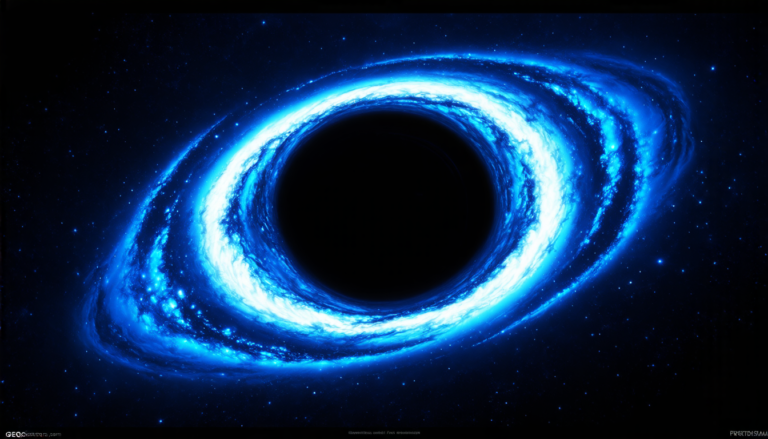Saturday 05 April 2025
Scientists have made a significant breakthrough in understanding the behavior of quantum droplets, tiny liquid-like states of matter that form when ultracold atoms are cooled to near absolute zero temperatures. These droplets have been found to exhibit unusual properties, such as being able to move without friction and having a negative temperature.
To study these phenomena, researchers created a one-dimensional optical lattice, a series of closely spaced light traps that can be used to confine and manipulate the behavior of ultracold atoms. By carefully controlling the strength of the lattice and the number of atoms in it, scientists were able to induce the formation of quantum droplets.
The team found that when they increased the intensity of the optical lattice, the droplets began to exhibit a strange behavior – they started to oscillate at a specific frequency, which was determined by the strength of the lattice. This phenomenon is known as time crystal formation, where the particles in the droplet begin to synchronize their motion with each other.
Intrigued by this discovery, researchers delved deeper into the properties of these quantum droplets. They discovered that when they cooled the atoms to even lower temperatures, the droplets began to exhibit negative temperature behavior. This means that the energy of the system was actually increasing as it cooled down, which defies the traditional understanding of thermodynamics.
The team believes that this unusual behavior could be due to the interaction between the ultracold atoms and the optical lattice. At these extremely low temperatures, the atoms are highly susceptible to external influences, such as the light trap, which can alter their energy levels in unexpected ways.
These findings have significant implications for our understanding of quantum mechanics and thermodynamics. The ability to manipulate the behavior of quantum droplets could lead to new applications in fields such as quantum computing and materials science.
One potential application is in the development of more efficient cooling methods for ultracold atoms. By harnessing the unusual properties of these droplets, scientists may be able to create new cooling mechanisms that can achieve even lower temperatures than current methods.
Another area of research is in understanding the fundamental laws of thermodynamics at extremely low temperatures. The discovery of negative temperature behavior challenges our traditional understanding of energy and entropy, and could lead to a re-evaluation of the fundamental principles of physics.
As scientists continue to explore the properties of quantum droplets, they may uncover even more surprising phenomena that challenge our current understanding of the universe.
Cite this article: “Unveiling the Secrets of Quantum Droplets: A New Form of Liquid Matter”, The Science Archive, 2025.
Quantum Droplets, Ultracold Atoms, Optical Lattice, Time Crystals, Negative Temperature, Thermodynamics, Quantum Mechanics, Materials Science, Quantum Computing, Cooling Methods







